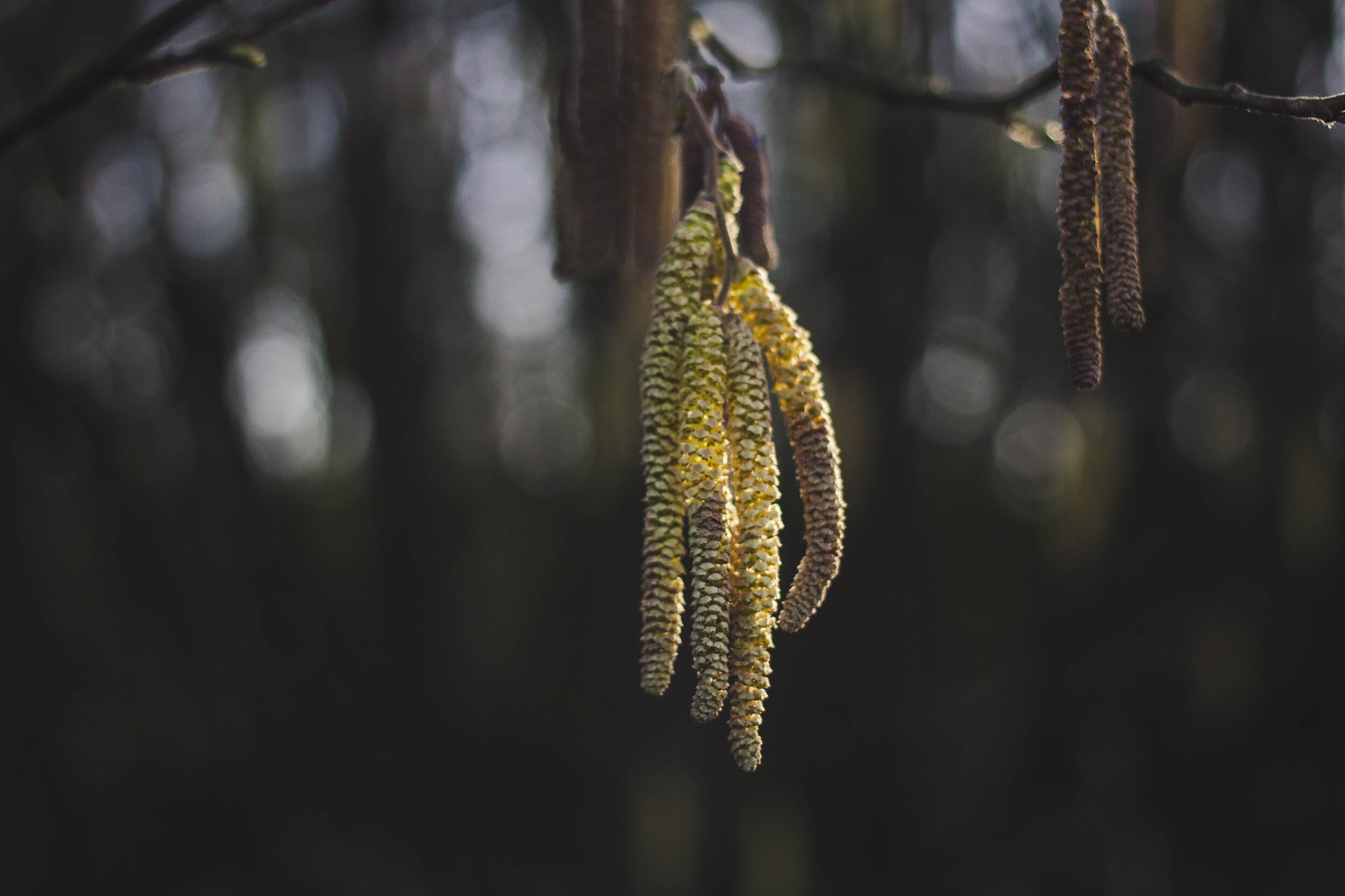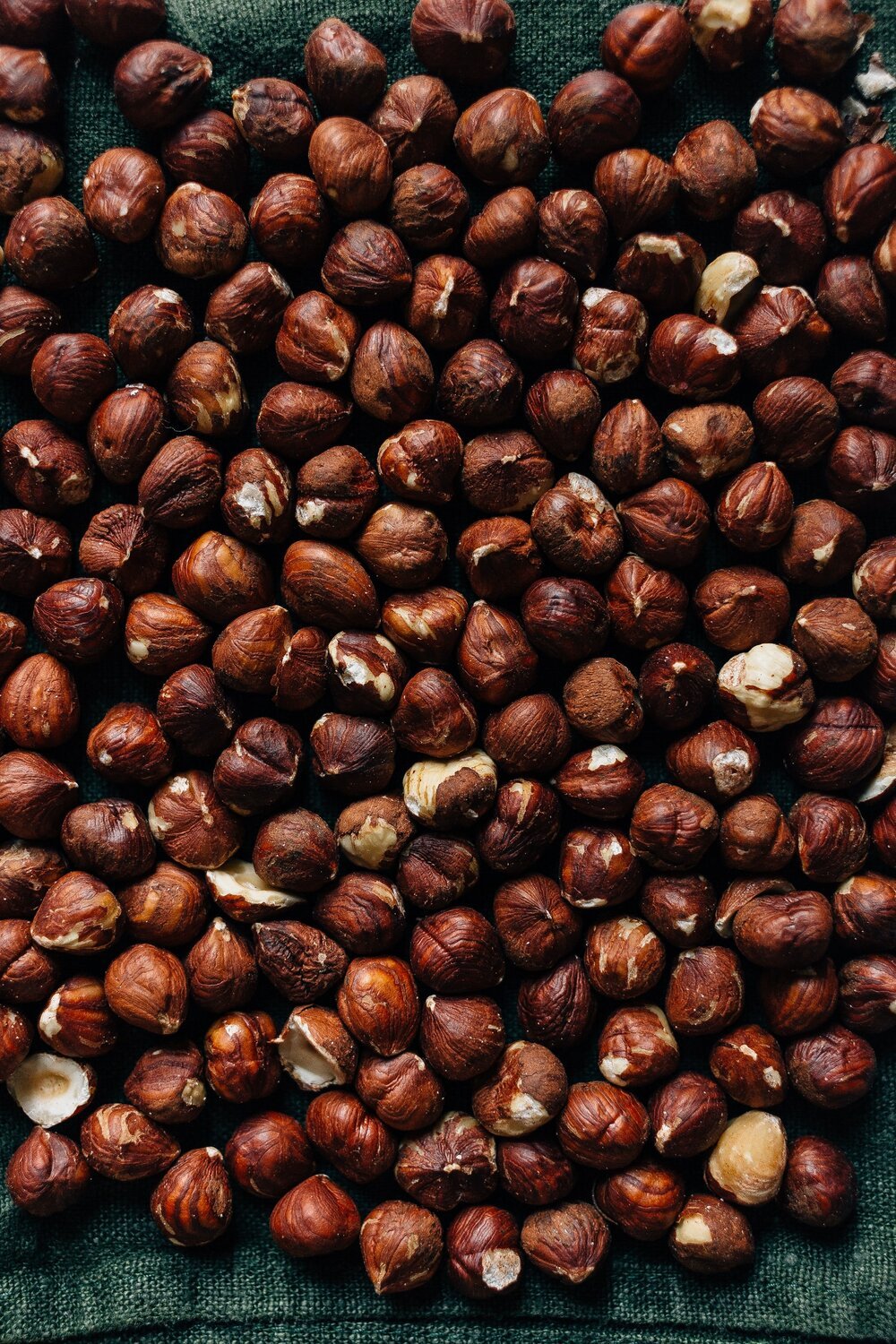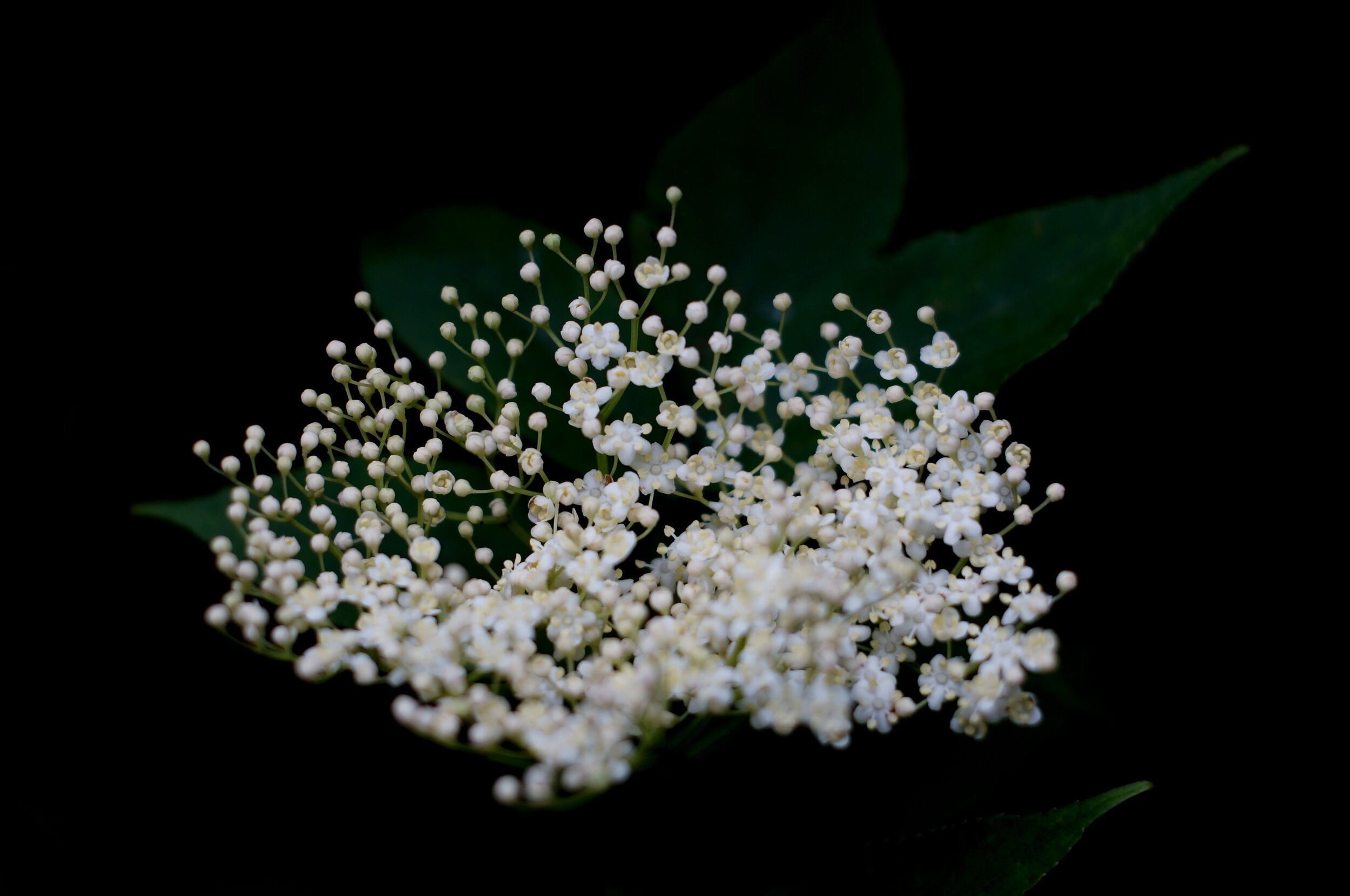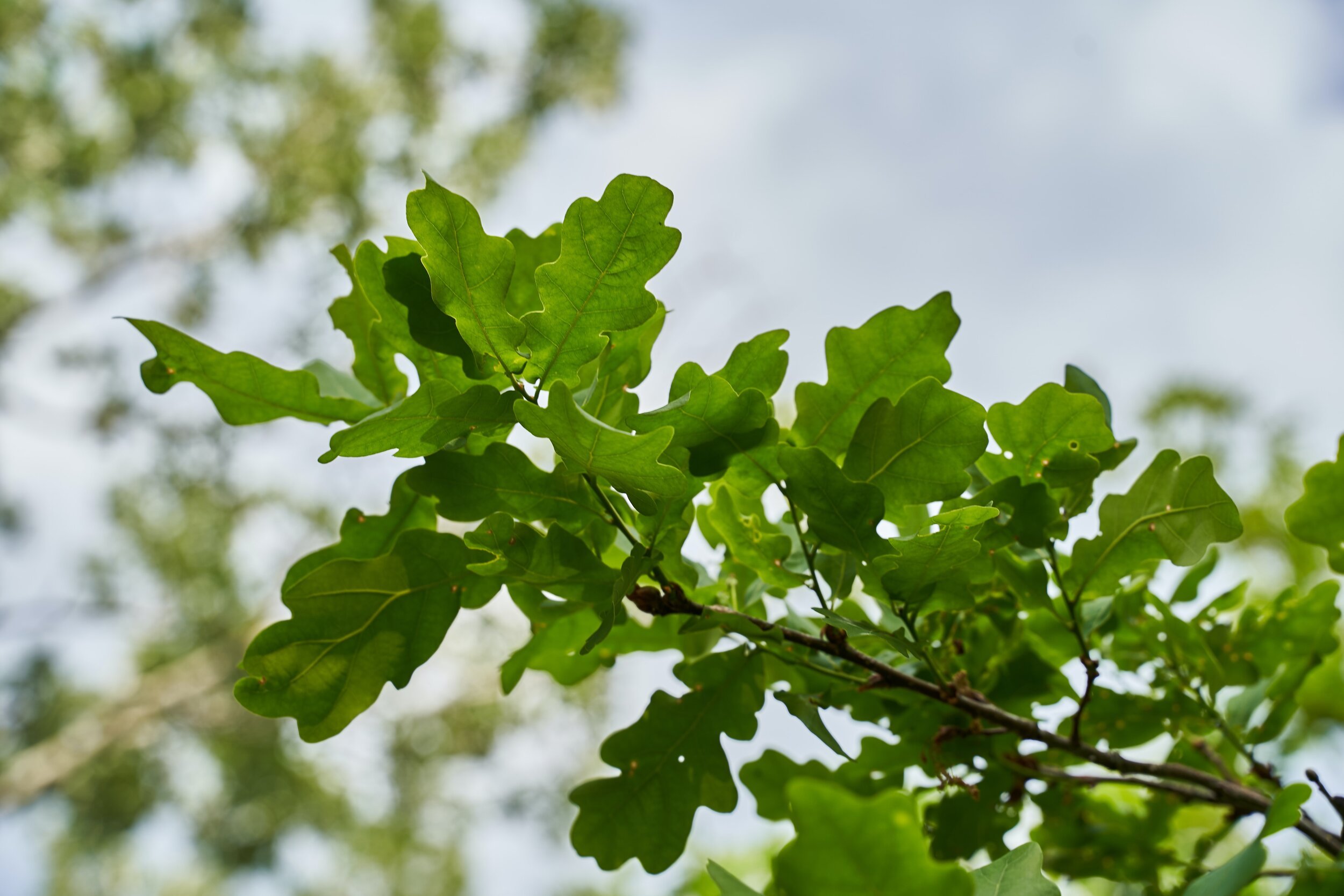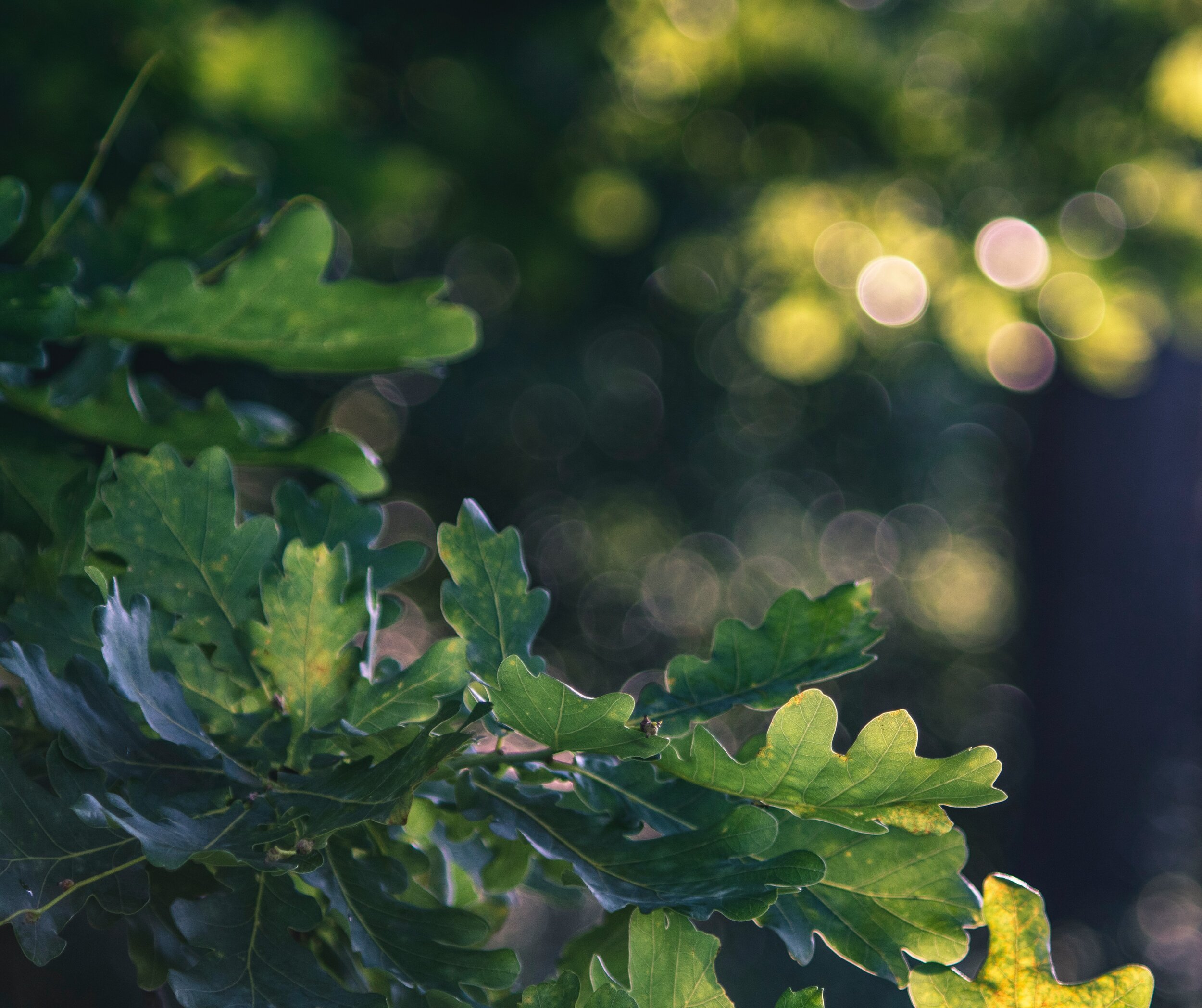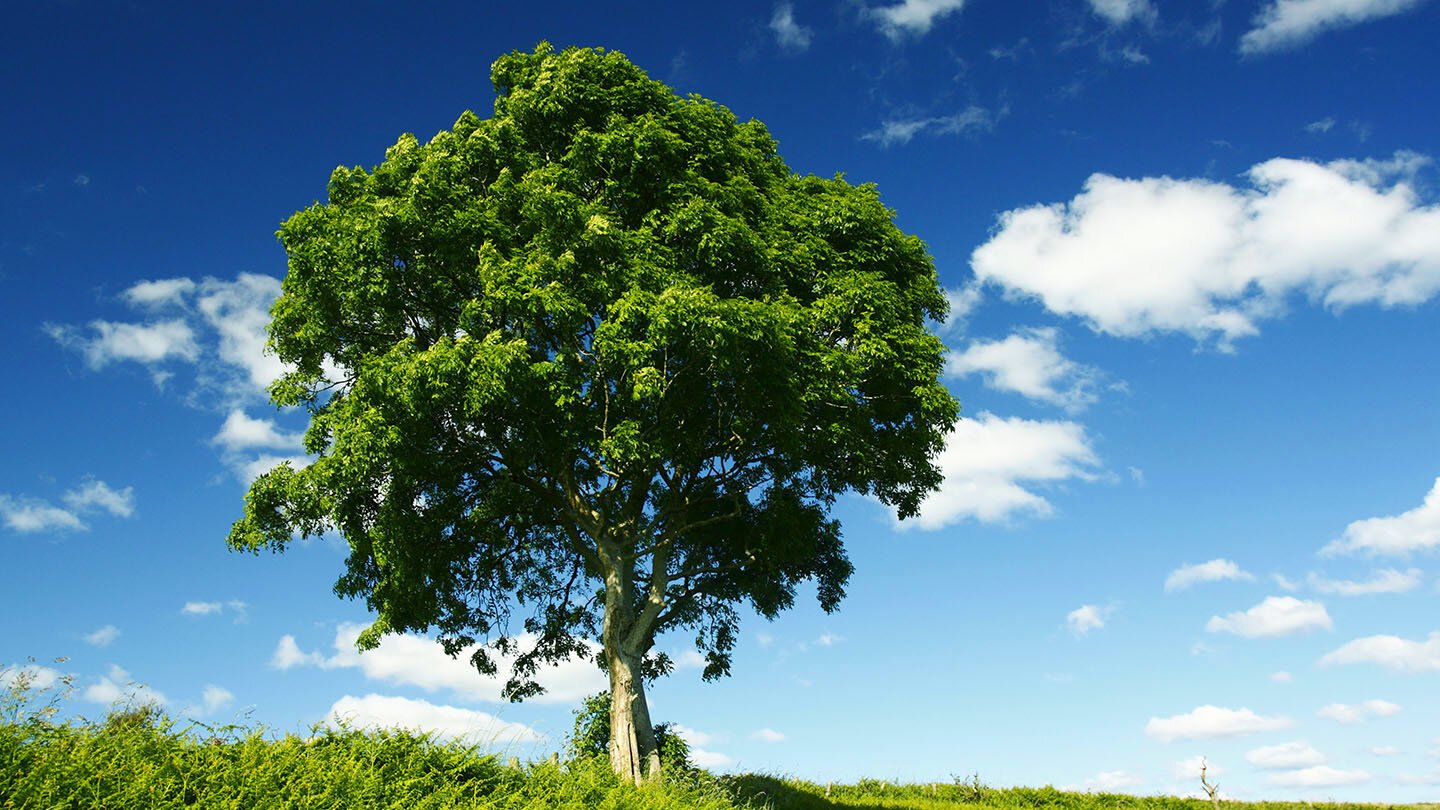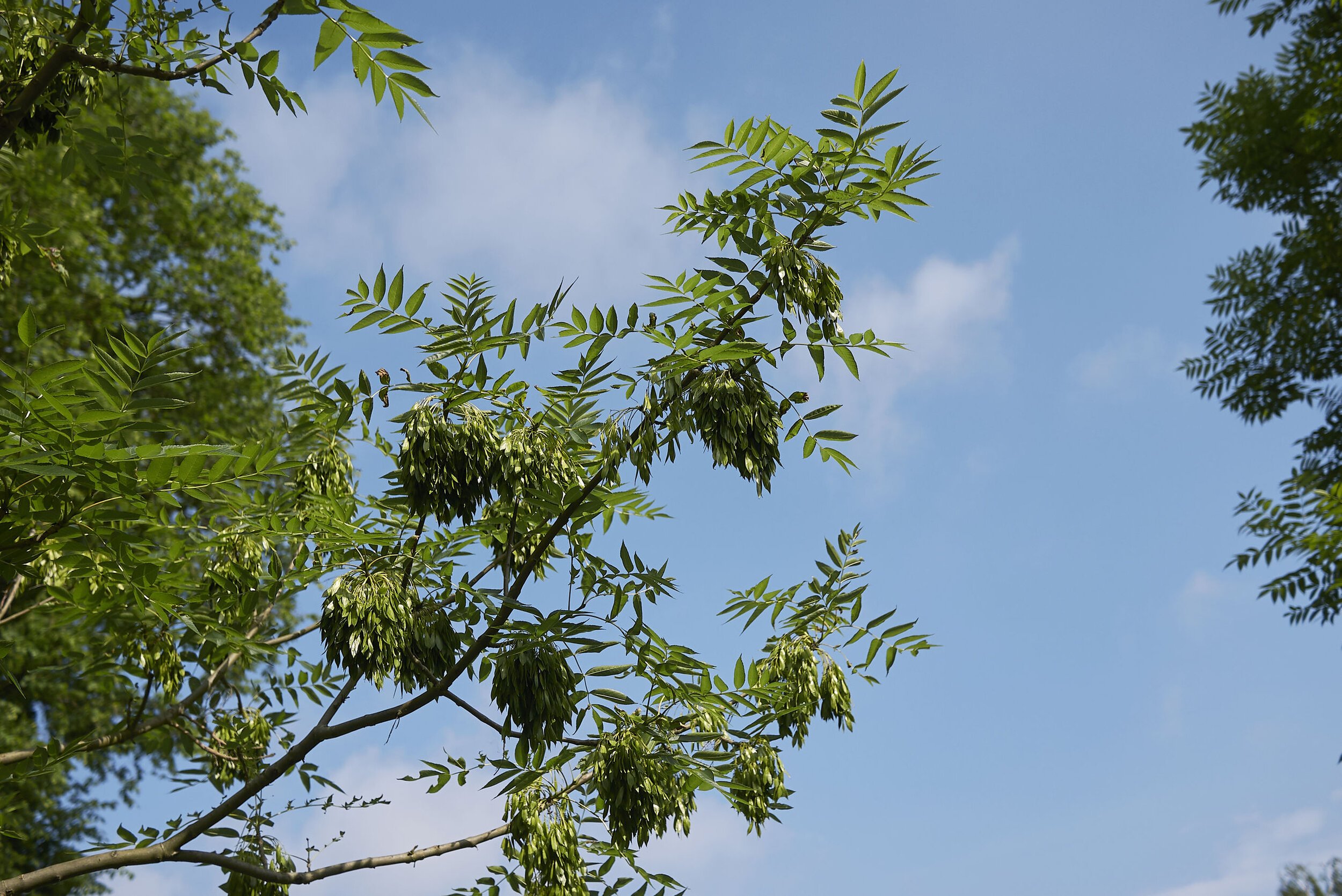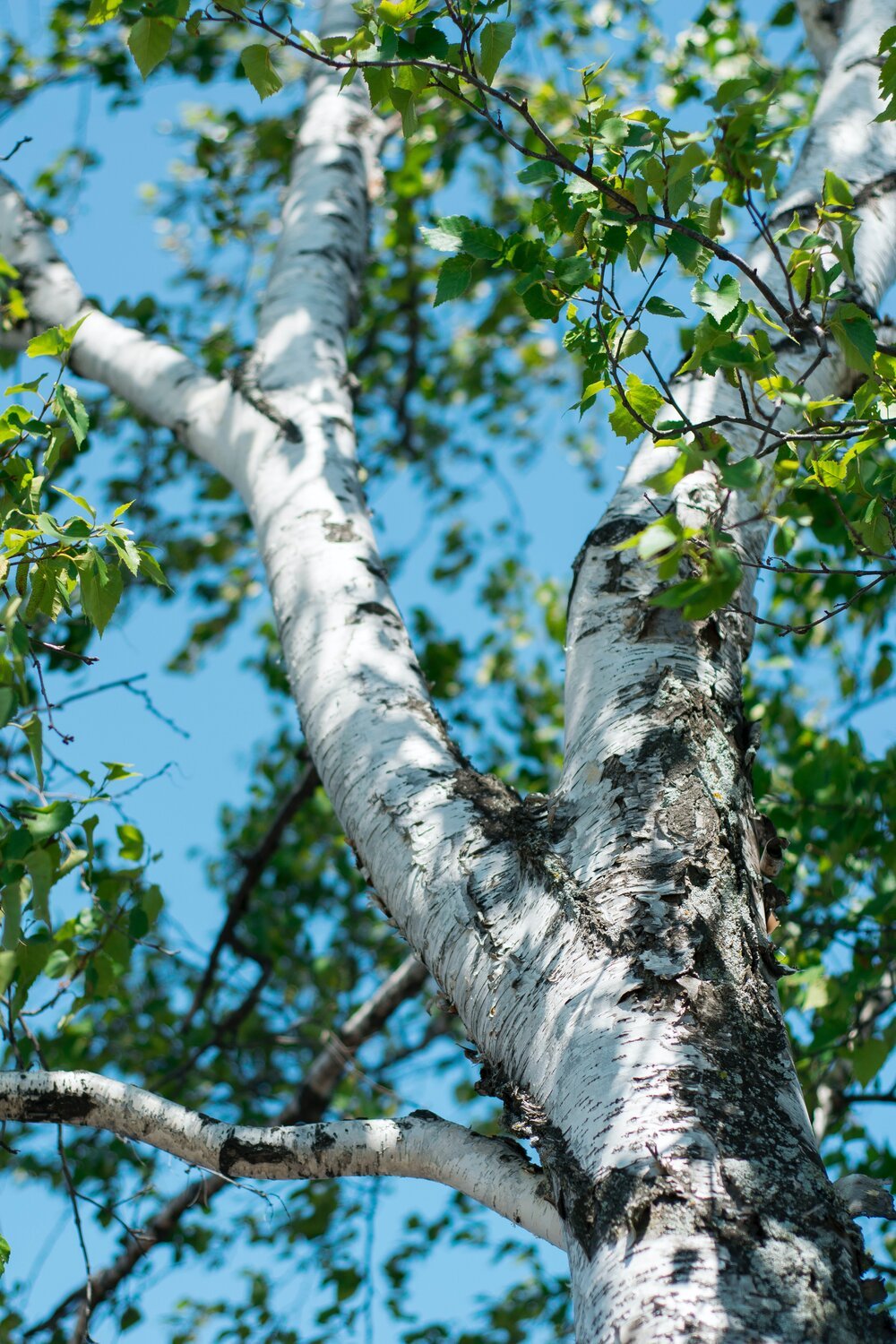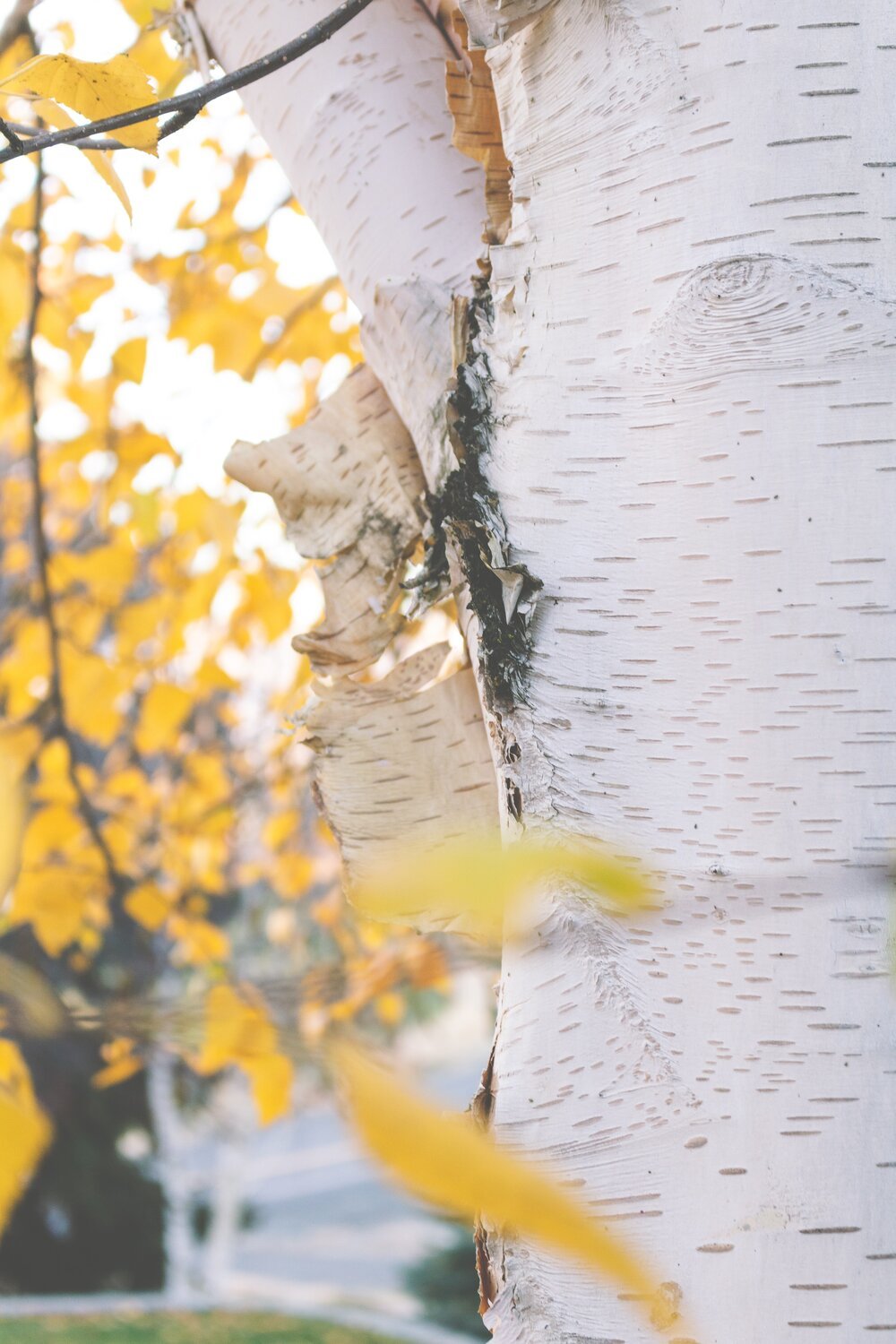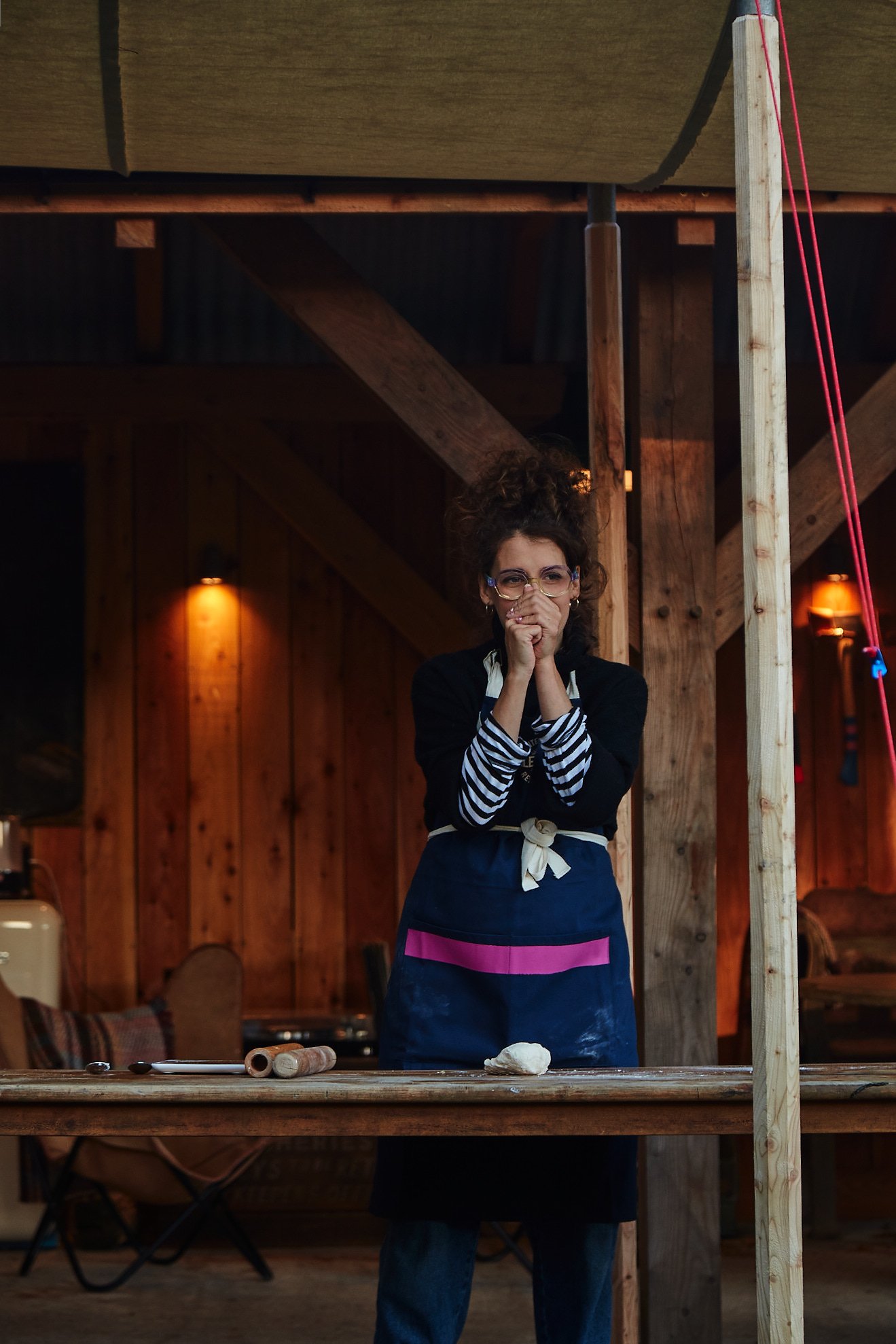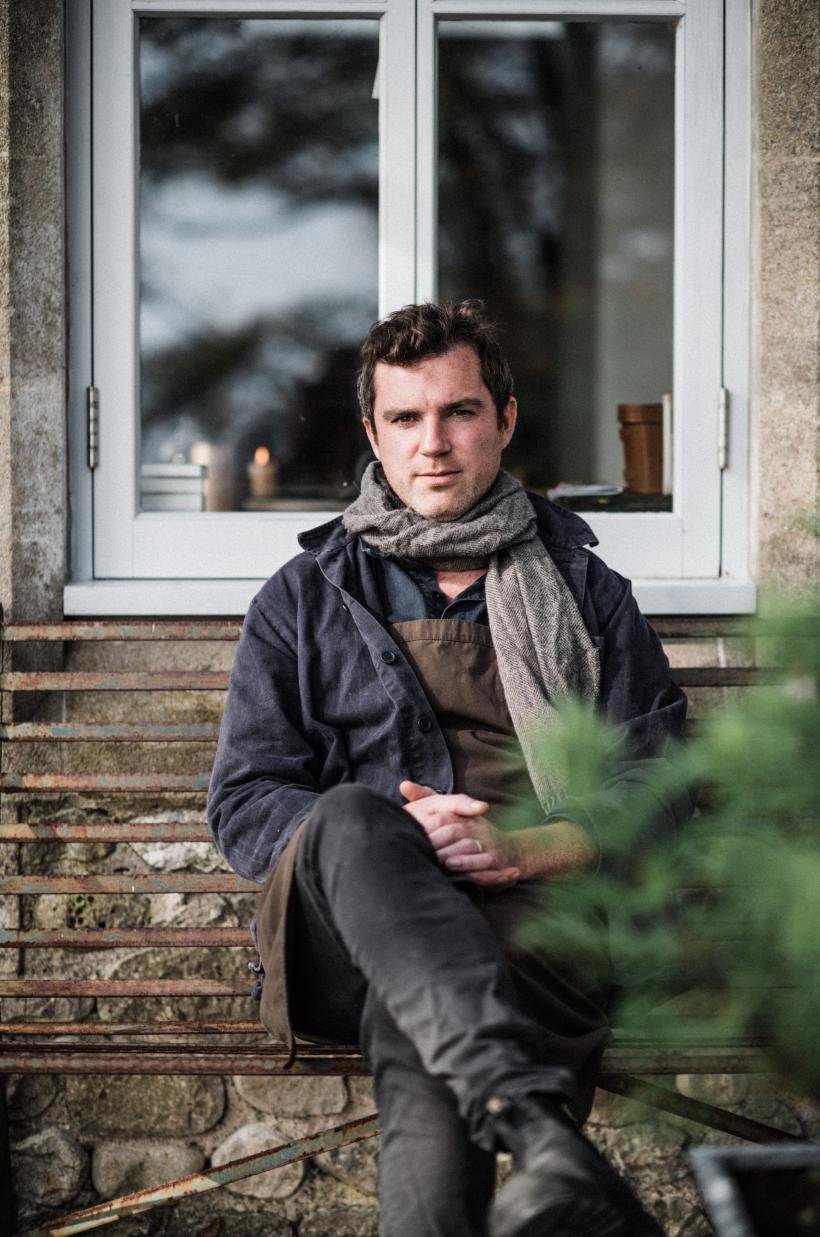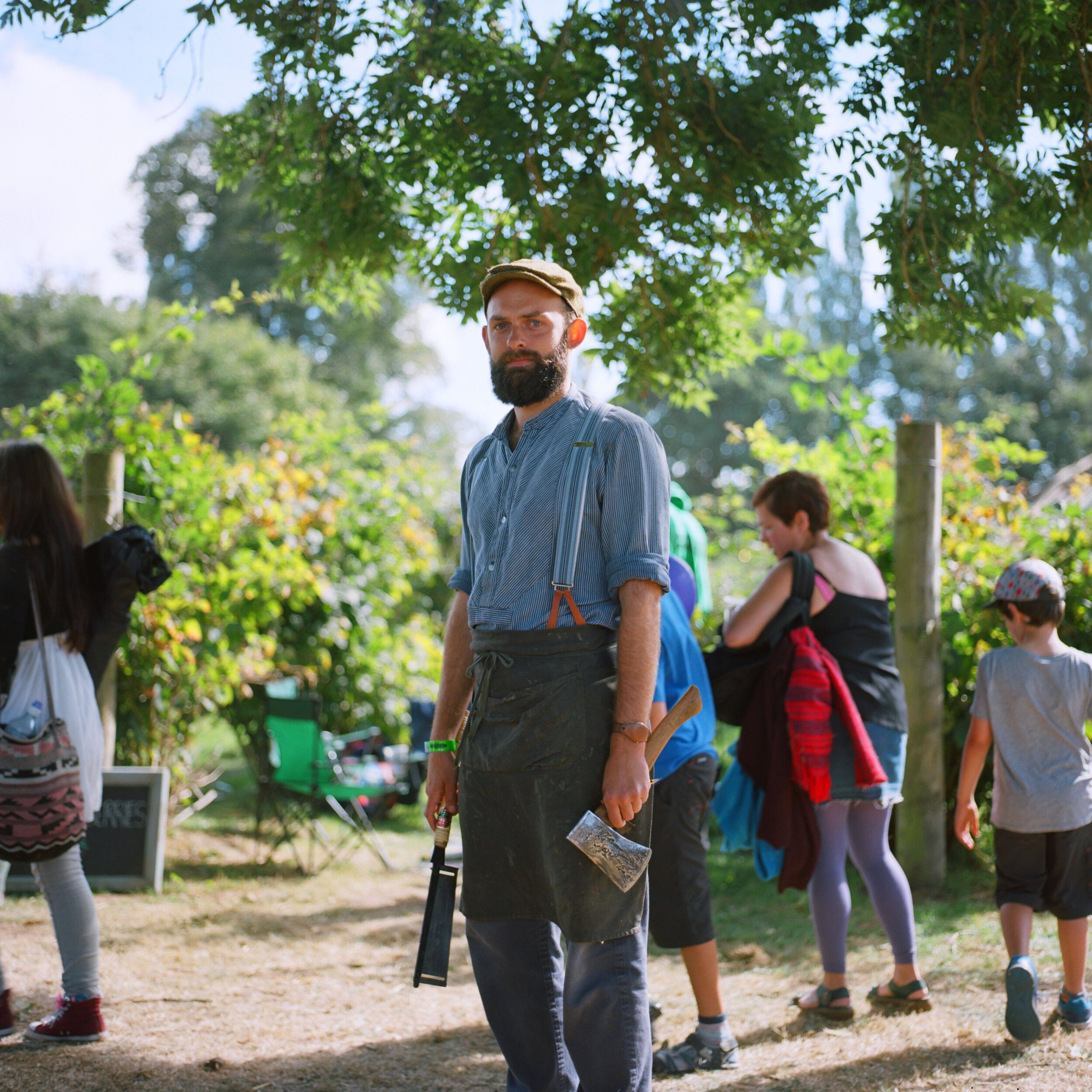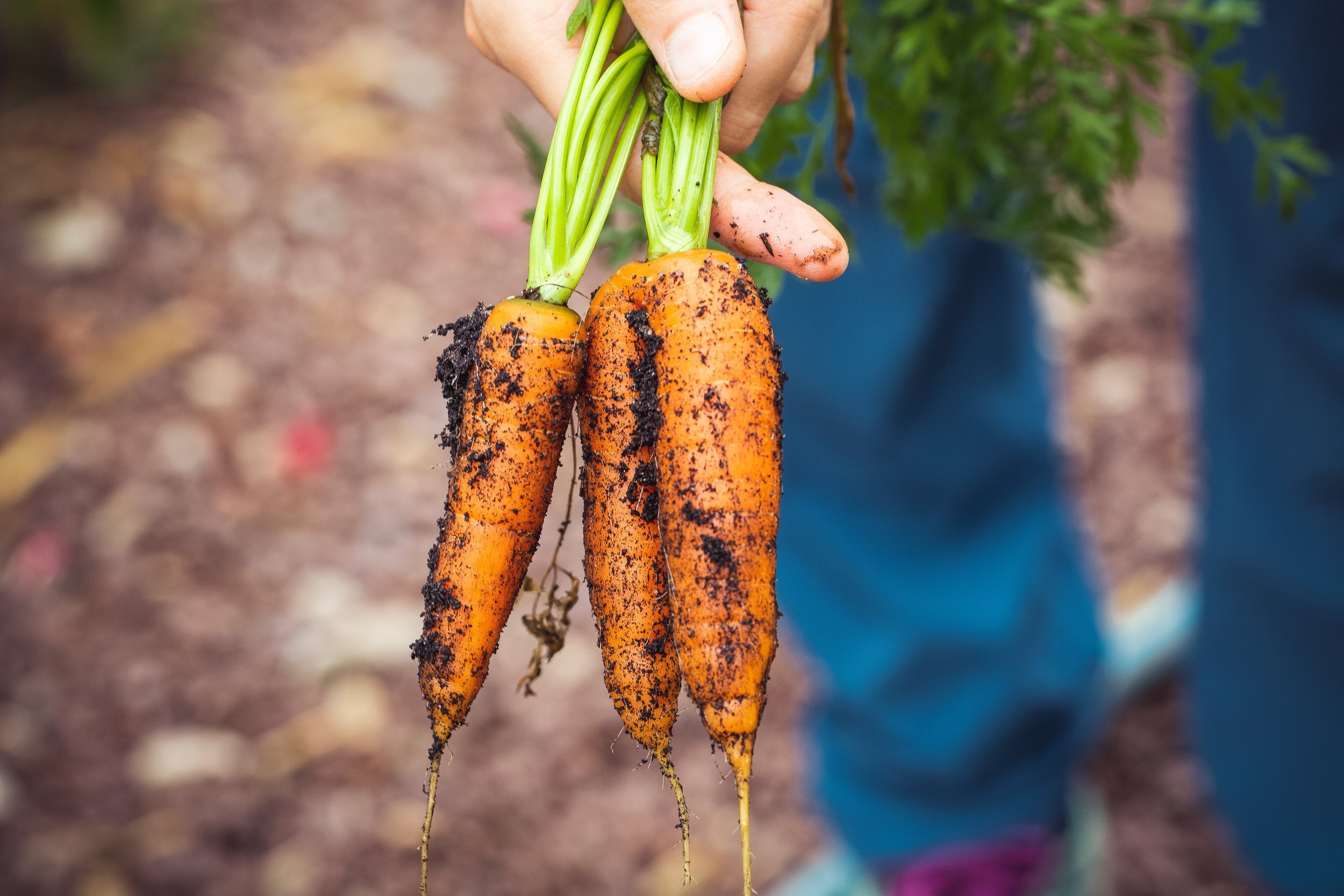The History, Mythology and Folklore of Some of Our Favourite Native Trees
BY SHEENA CORRYSheena Corry, the co-founder of The Forge and The Wild Bushcraft Company, introduces us to the history, mythology and folklore of some of our favourite native trees.
Ah, autumn. Season of mists and mellow fruitfulness. The season when we perhaps notice the trees more than any other time of the year, as they put on a gorgeous slow show of colours over a number of weeks, turning from green to gold to orange to brown.
As anyone who has taken a walk through the woods will tell you, there is something so calming and healing and spiritual about being in the presence of trees. The Japanese call this shinrin-yoku, or forest bathing, which has been proven to significantly reduce stress and promote a strong sense of calm and wellbeing.
This may sound like a modern-day invention, but our powerful relationship with trees in the UK dates back many centuries. Our native tree species have played a central role in our evolution since Mesolithic times, featuring in the Bible, underpinning (quite literally) our prowess as a naval and industrial nation.
Trees feature prominently in our natural history, in our folklore and even in our diets, shaping our culture and our identity.
“As anyone who has taken a walk through the woods will tell you, there is something so calming and healing and spiritual about being in the presence of trees.”
Hazel
Reputed to be the oldest of our native trees, hazel was one of the first species to re-establish after the last Ice Age.
According to archaeologists, our Mesolithic ancestors used to gather the nuts and roast them under the fire circles. The name is derived from the Anglo- Saxon ‘haesel’ meaning hat or cap, referring to the nut enclosed in a cap. The tree was cultivated by the Romans, there are many references to hazel in early Gaelic literature and poetry, suggesting it was an important source of food in the Celtic diet too.
The Celts associated the tree with fire and fertility, and it was thought by many to ward off evil. A double hazelnut carried in the pocket would cure toothache, and the leaves allegedly increase milk yield if eaten by cows. We love them for their delicious roasted hazelnuts, provided you can get to them before the squirrels!
Elder
Recognisable by its white flowers in early Summer and its dark, rich, berry fruits in the Autumn. The elder is one of the most common tree species, often found in hedgerows and parks. The elder, like the rowan or mountain ash, has long been associated with Faery Folk and was thought of as a protective tree, if it happened to be growing near your dwelling this was considered to be very good luck. The wood has a very soft pithy centre which can be very easily hollowed out to make whistles and pipes, a suitable way to blow air into a fire.
But beware, never burn elder inside your house as superstition has it that it will cause death in the family, the tree is said to be cursed after Judas Iscariot hung himself from it. This is one of the only superstitions we actually observe, but mostly because the wood can be mildly toxic when burned.
Oak
The oak is held in high esteem throughout Europe. Oak features prominently in Roman and Greek mythology (think of the crowns of oak leaves on victorious Roman commanders), the trees were also worshipped by the Druids.
Due to its amazing strength and durability, it was used to build timber-framed Tudor houses and large ships during the Golden Age of exploration. The bark can be used for making rope and was prized in the tanning process due to its high tannin content.
Ash
With a strong Viking history, the ash tree has long been associated with strength and protection. In fact, the words for ash and spear are very closely related in Anglo-Saxon and Norse languages, ‘aesc’ and ‘ask’.
In British folklore, the ash is credited with a whole range of healing properties: new-born babies were popularly given a teaspoon of ash sap and sick children would be passed through a cleft in an ash tree to cure them. Ashwood is also very strong, tough and elastic, which makes it our wood of choice on our bow making courses. It is also one of the best sources of firewood as it does not need to be seasoned before you burn it. As the old saying goes: “burn it green, burn it old, ash is worth its weight in gold”.
Birch
Arguably one of our most beautiful and photogenic tree species, with its striking pale bark and soft fronds of bright green leaves, the birch has long symbolised renewal and purification.
One of the first trees to come into leaf in Spring, the birch plays a prominent role in lots of Celtic and Pagan festivals including Beltane (now celebrated as May Day) where, traditionally, it provided the (often still living) maypole.
The wood is incredibly versatile and was often used to make babies’ cradles, given the earlier symbolism of new beginnings. The bark also makes a wonderful tinder for fire lighting as it contains lots of natural volatile oils.
You can also tap the trees in spring when the sap is rising to create a delicious birch sap syrup (in our opinion, far superior to maple syrup) which is said to prevent kidney and bladder stones, as well as treating rheumatism and skin complaints.
“Our trees are magnificent, wonderful and everywhere. They provide us with the clean air we breathe, shelter, food, medicine, and sanity. They made us who we are, whether we know it or not. Let’s honour and protect them and ensure that future generations can benefit from them too.”
Sources:
Wild Food, Roger Phillips, Macmillan (1983)


